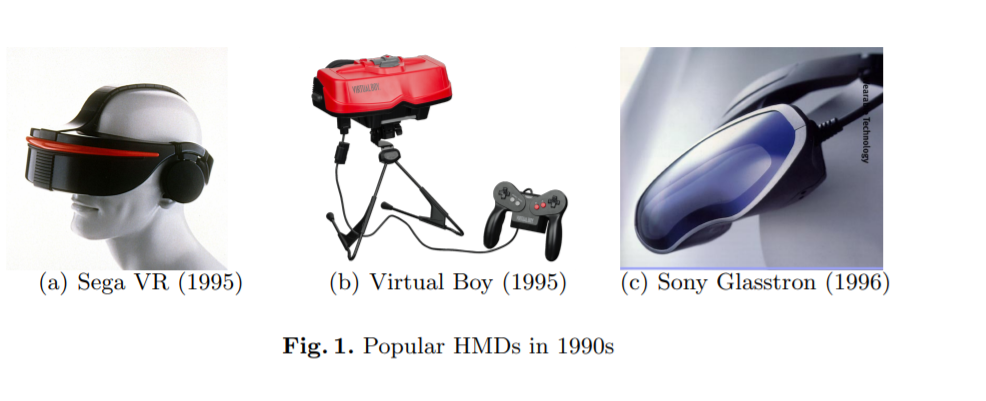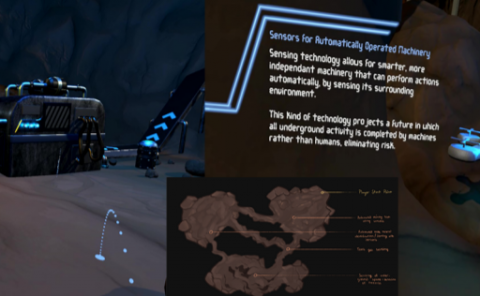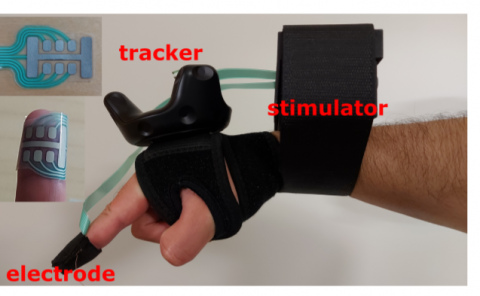3D Displays: Their Evolution, Inherent Challenges & Future Perspectives
PubDate: May 2021
Teams: University College Dublin
Writers: Xingyu Pan, Xuanhui Xu, Soumyabrata Dev, Abraham G Campbell
PDF: 3D Displays: Their Evolution, Inherent Challenges & Future Perspectives

Abstract
The popularity of 3D displays has risen drastically over the past few decades but these displays are still merely a novelty compared to their true potential. The development has mostly focused on Head Mounted Displays (HMD) development for Virtual Reality and in general ignored non-HMD 3D displays. This is due to the inherent difficulty in the creation of these displays and their impracticability in general use due to cost, performance, and lack of meaningful use cases. In fairness to the hardware manufacturers who have made striking innovations in this field, there has been a dereliction of duty of software developers and researchers in terms of developing software to best utilize these displays.
This paper will seek to identify what areas of future software development could mitigate this dereliction. To achieve this goal, the paper will first examine the current state of the art and perform a comparative analysis on different types of 3D displays, from this analysis a clear researcher gap exists in terms of software development for Light field displays which are the current state of the art of non-HMD-based 3D displays.
The paper will then outline six distinct areas where the context-awareness concept will allow for non-HMD-based 3D displays in particular light field displays that can not only compete but surpass their HMD-based brethren for many specific use cases.


